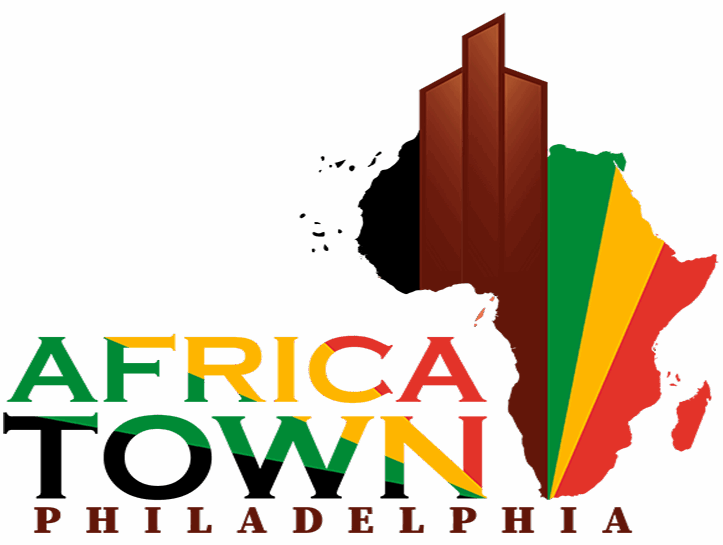east africa
Learn more about the East Africa region
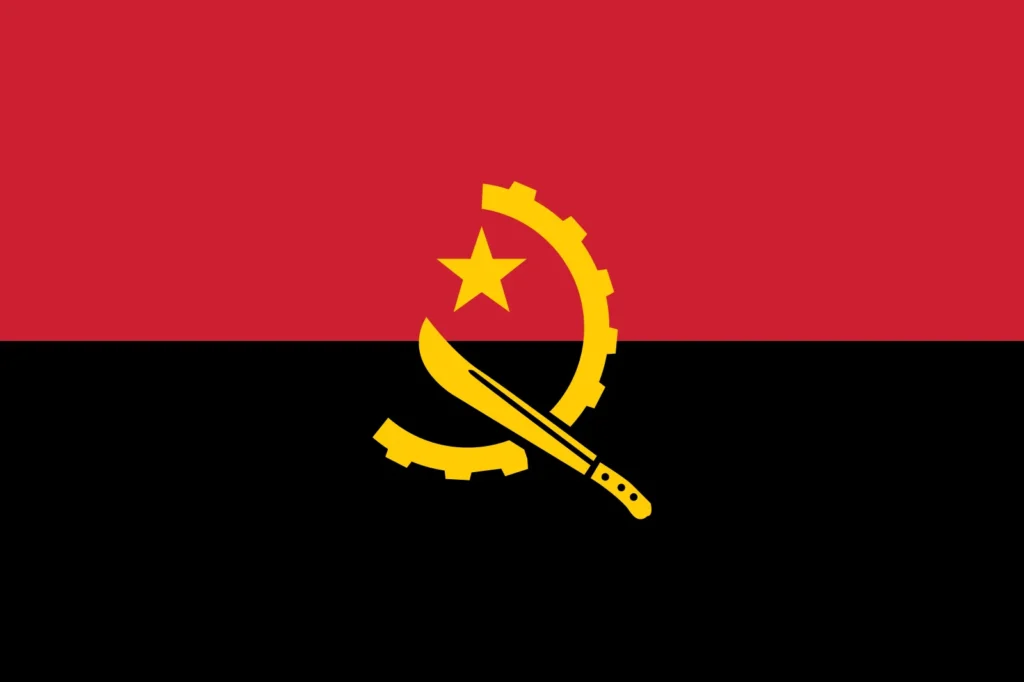
Angola
Angola’s history is marked by its long period as a Portuguese colony until 1975, followed by a prolonged civil war. Today, it is one of Africa’s major oil producers and is working on economic diversification.
- Population: ~40 million
- Languages: Portuguese (official) with various indigenous languages in use
- GDP: ~US$113 billion (varies with oil prices)
- Main Products: Oil, diamonds, and agricultural products
- Government: Presidential republic

Kenya
Famous for its savannas, wildlife safaris, and vibrant multicultural society, Kenya’s history includes ancient trade routes and British colonial influence. Once a British colony, Kenya attained independence in 1963 and has grown into a regional economic hub.
- Population: ~55 million
- Languages: English and Swahili (official); many indigenous languages
- GDP: ~US$109 billion
- Main Products: Tea, coffee, horticulture
- Government: Presidential republic
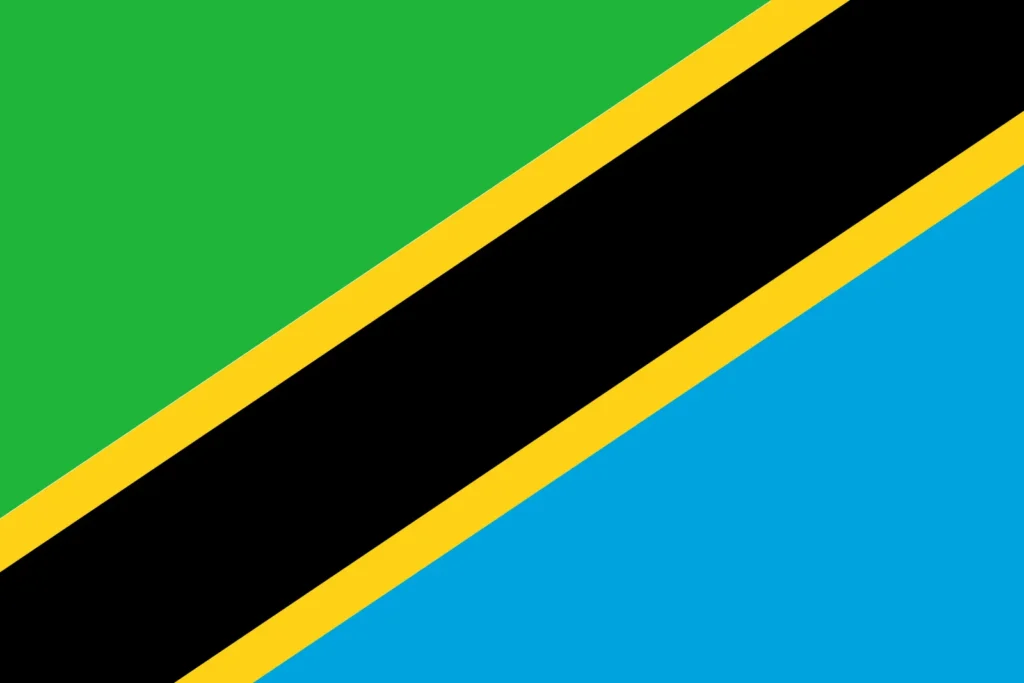
Tanzania:
Home to iconic landmarks such as Mount Kilimanjaro and Zanzibar’s historic Stone Town, Tanzania is a blend of African, Arab, and European influences. Formed by the union of Tanganyika and Zanzibar, Tanzania became independent in the 1960s.
- Population: ~61 million
- Languages: Swahili and English (official)
- GDP: ~US$87 billion
- Main Products: Agriculture (coffee, tea), minerals, tourism
- Government: Presidential republic
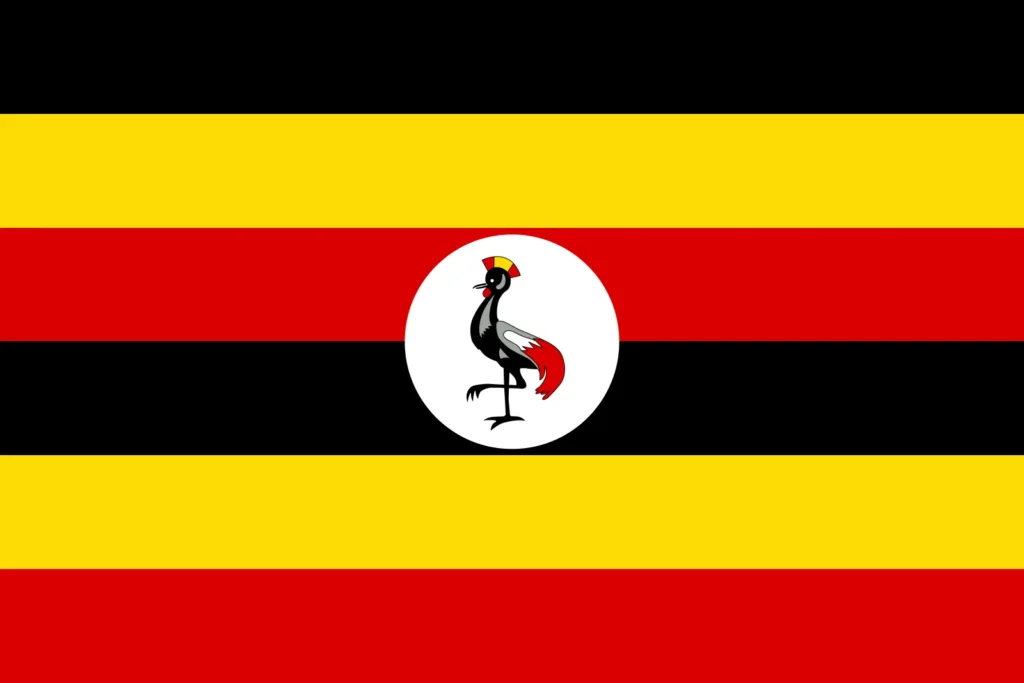
Uganda:
Often referred to as the “Pearl of Africa,” Uganda is known for its rich biodiversity and historical kingdoms, with a modern history marked by social and economic transformation. Emerging from British colonial rule (independence in 1962), Uganda is synonymous with the mighty source of the Nile and its diverse cultures.
- Population: ~47 million
- Languages: English and Swahili (official), with many indigenous tongues
- GDP: ~US$38 billion
- Main Products: Coffee, tea, agricultural goods
- Government: Presidential republic
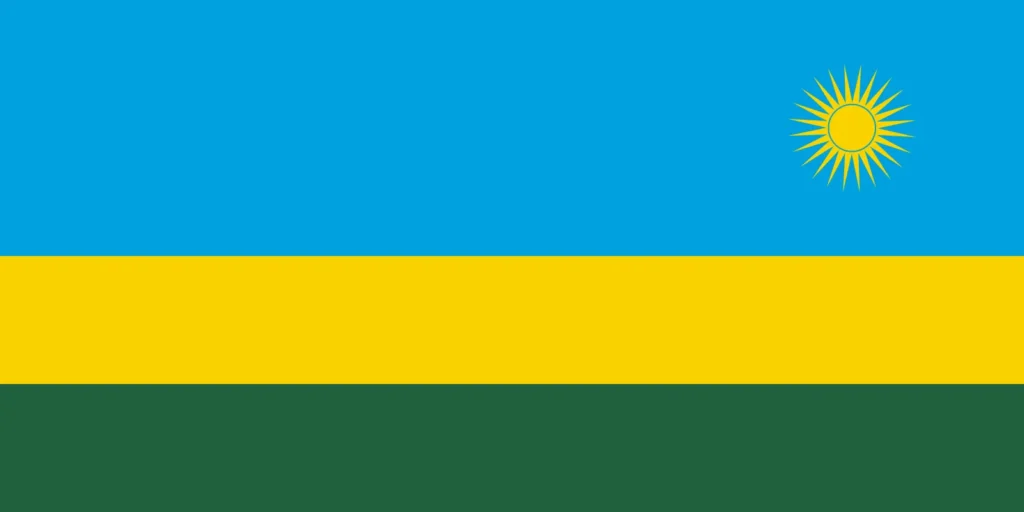
Rwanda:
Often referred to as the “Land of a Thousand Hills,” Rwanda is a small but dynamic country in East Africa. It has a rich cultural heritage, breathtaking landscapes, and a resilient economy. Despite its tragic past, Rwanda has emerged as one of Africa’s fastest-growing economies.
- Population: A~14 million.
- Languages: Kinyarwanda, English, French, and Swahili.
- GDP: Estimated 13billion
- Main Products and Exports: Coffee, tea, and pyrethrum. Mining (tin, tantalum, tungsten), construction, and manufacturing, tourism, financial services, and ICT.
- Government Type: Presidential republic.
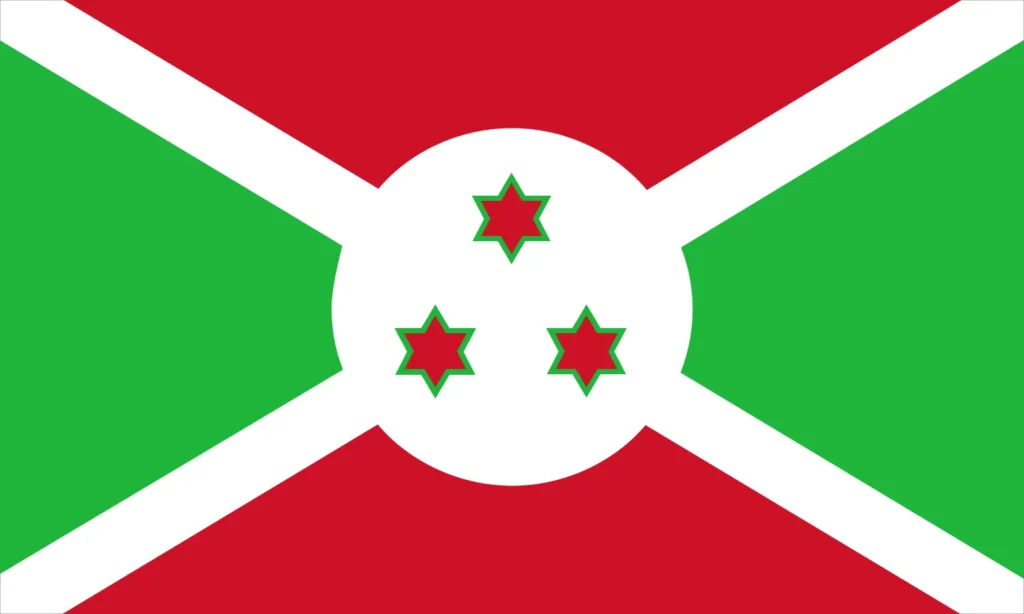
Burundi:
With a history of traditional kingdoms and recent political challenges, Burundi is renowned for its cultural resilience and artisanal craft traditions.
- Population: Approximately 13.2 million people (2023).
- Languages: Kirundi and French. Other widely spoken languages include Swahili and English.
- GDP: Estimated at $5.75 billion (2013).
- Main Products and Exports: Coffee, tea, cotton, maize, sorghum, bananas, light consumer goods, food processing, and public works construction, nickel, uranium, gold, tin, tungsten, and hydropower.
- Government Type: Presidential republic
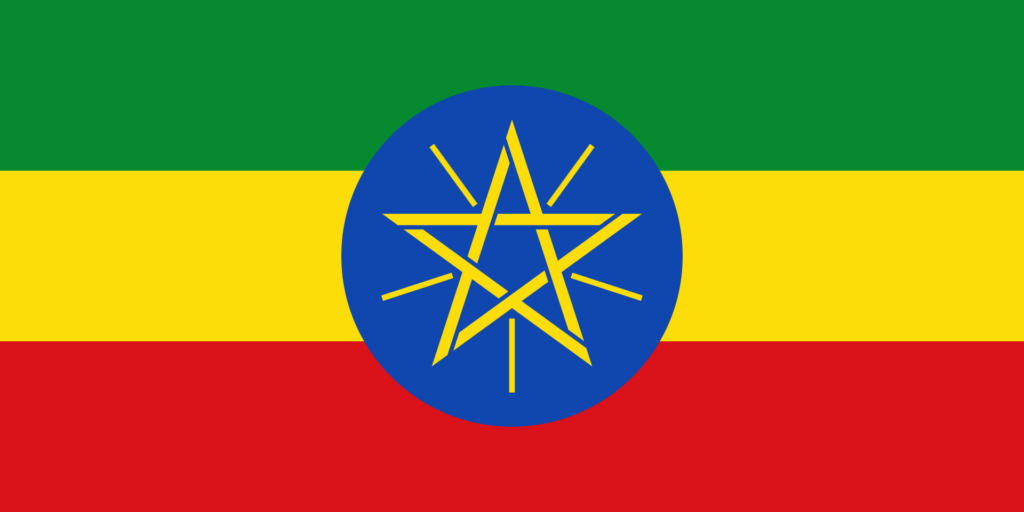
Ethiopia:
One of the oldest continuously inhabited regions in the world, Ethiopia boasts a unique heritage characterized by ancient Christianity, imperial legacies, and remarkable archaeological sites.
- Population: ~ 120 million people.
- Languages: Amharic. Other major languages: Oromo, Tigrinya, Somali, Afar, and over 80 indigenous languages.
- GDP: Estimated at around $96 billion.
- Main Products and Exports: Coffee, livestock, pulses, oilseeds, textiles, and manufactured goods.
- Government Type: Federal parliamentary republic.
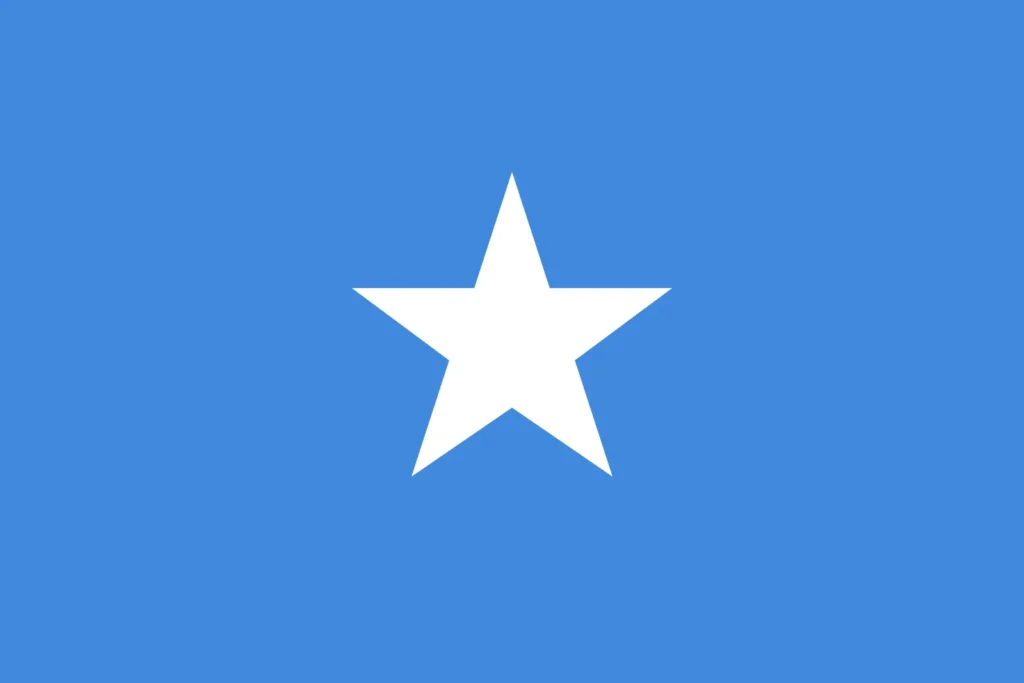
Somalia
With a long history as an important trading center in the Horn of Africa, Somalia’s modern history has been marred by civil conflict since the collapse of its central government in 1991. Recent years have seen efforts toward rebuilding governance.
- Population: ~16 million
- Languages: Somali (official); Arabic is also widely recognized
- GDP: ~US$5–6 billion
- Main Products: Livestock, bananas, and telecom services
- Government: Federal parliamentary republic (state institutions remain fragile)
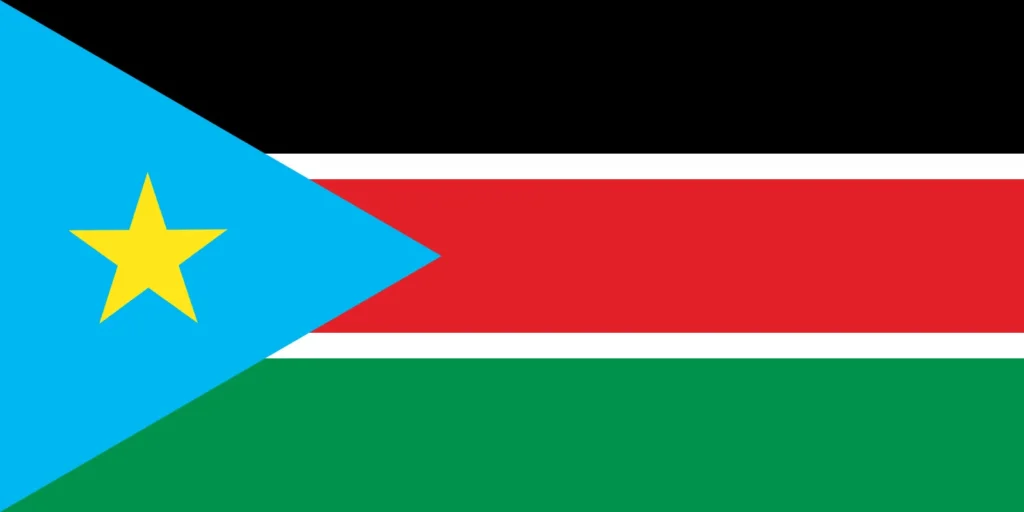
South Sudan
After decades of conflict with northern Sudan, South Sudan achieved independence in 2011. The young nation is currently undertaking the complexities of state formation and national reconciliation.
- Population: ~11 million
- Languages: English (official) along with a multitude of indigenous languages
- GDP: ~US$4–5 billion
- Main Products: Oil and agriculture
- Government: Federal presidential republic (in a transitional phase)

Eritrea
Eritrea fought a 30-year war of independence from Ethiopia to become a sovereign state in 1993. Its modern government is highly centralized and single-party in nature.
- Population: ~3.5 million
- Languages: Tigrinya (primary), Arabic, with English used informally
- GDP: ~US$2.7 billion
- Main Products: Gold, agricultural produce, and seafood
- Government: One-party state with a centralized presidential system
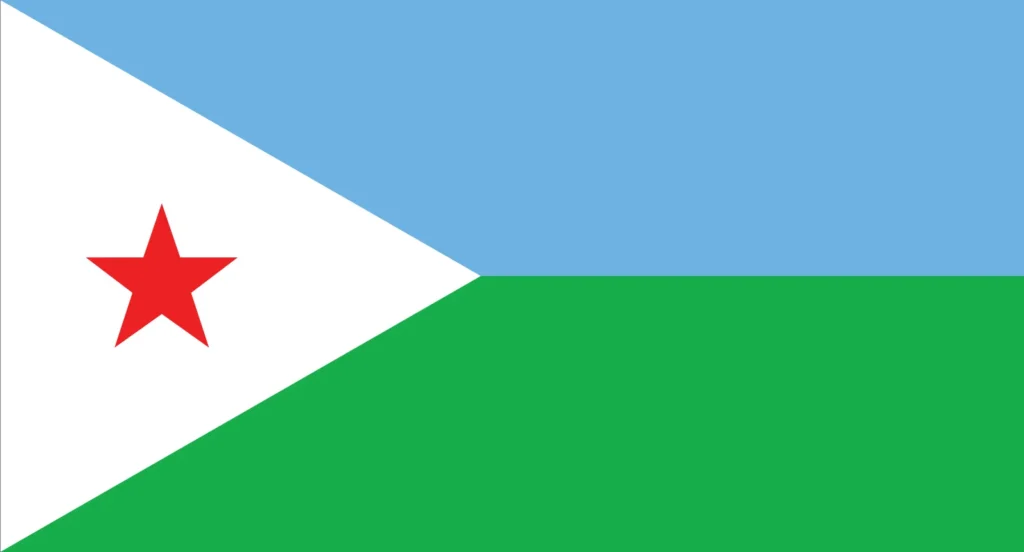
Djibouti
A strategic port on the Red Sea, Djibouti was a French colony until 1977. Its location makes it pivotal for maritime trade and military logistics in the Horn of Africa.
- Population: ~1 million
- Languages: French and Arabic (official); Somali and Afar are also spoken
- GDP: ~US$3.5 billion
- Main Products: Port services, salt, and trade
- Government: Presidential republic
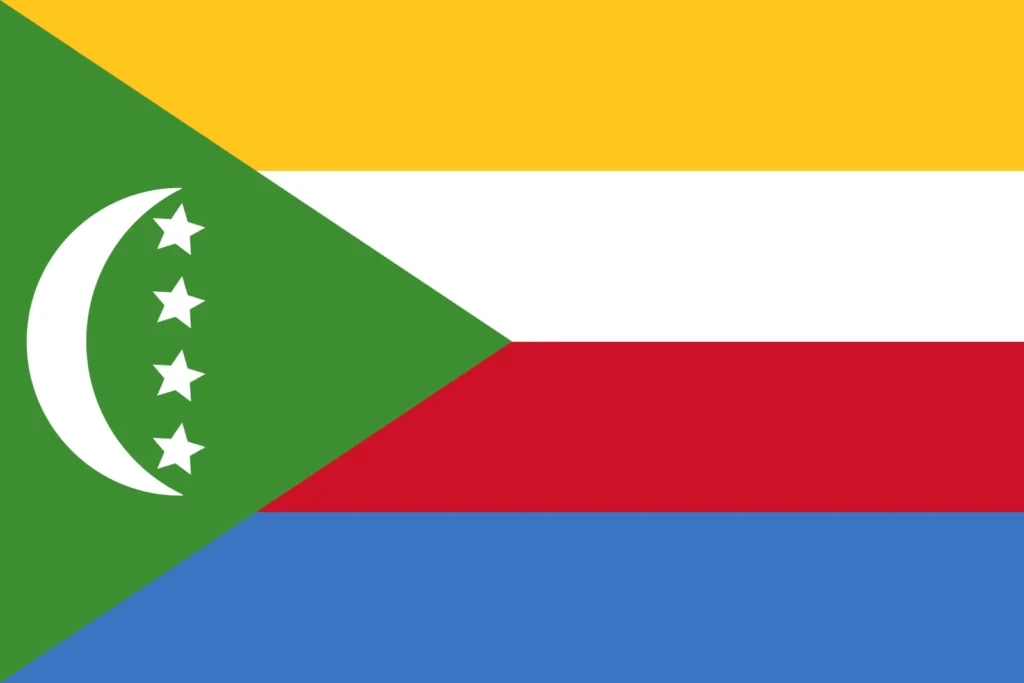
Comoros
Comprised of several islands in the Indian Ocean, the Comoros has been shaped by African, Arab, and French influences since its time as a sultanate and later a colony. It gained independence in 1975.
- Population: ~0.9 million
- Languages: Comorian, French, and Arabic
- GDP: ~US$1.2 billion
- Main Products: Spices (vanilla, cloves) and tourism
- Government: Federal presidential republic (with complex internal politics)
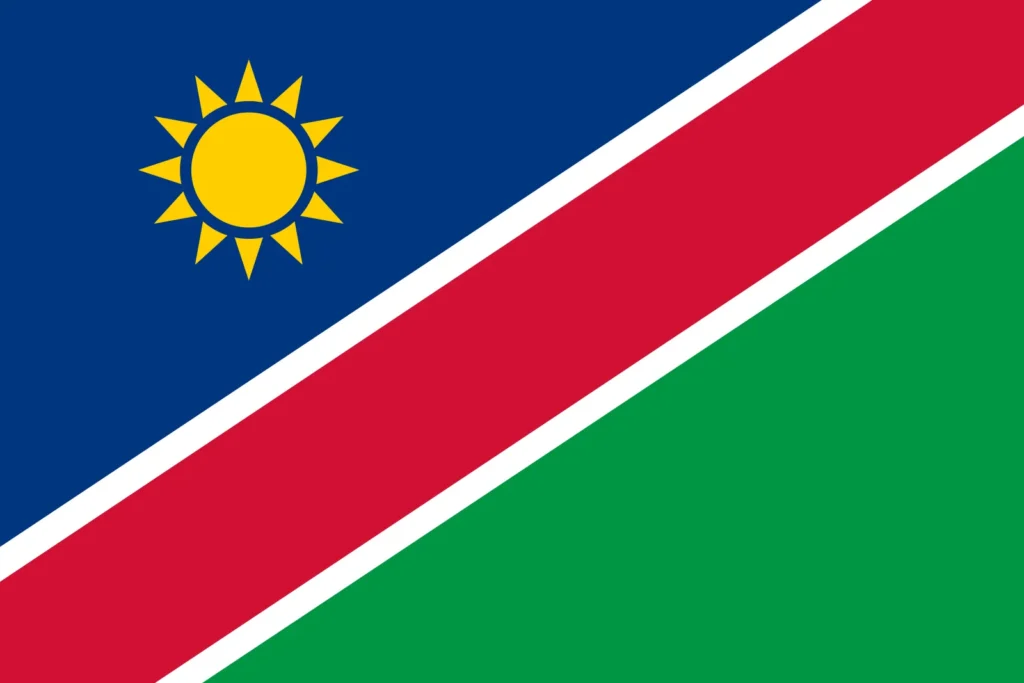
Namibia
Namibia, once controlled by Germany and later administered by South Africa, secured its independence in 1990. The country is celebrated for its stable democracy and vast natural resources.
- Population: ~2.6–2.7 million
- Languages: English (official), along with Afrikaans and multiple indigenous languages
- GDP: ~US$12 billion
- Main Products: Diamonds, uranium, tourism, and beef
- Government: Presidential republic
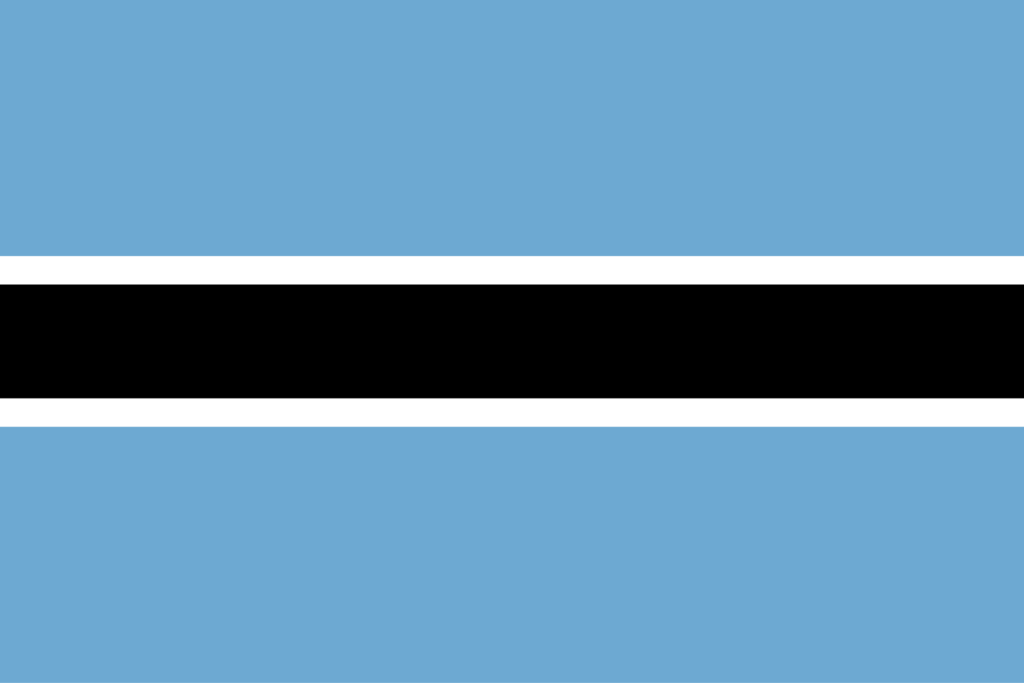
Botswana
Formerly a British protectorate, Botswana gained its independence in 1966 and quickly established a stable democracy. Its prudent management of diamond wealth has spurred steady economic growth.
- Population: ~2.4 million
- Languages: English and Tswana (official)
- GDP: ~US$18 billion
- Main Products: Diamonds, beef, and tourism
- Government: Parliamentary republic

Zimbabwe
With ancient roots exemplified by the ruins of Great Zimbabwe, the modern state evolved from British-controlled Southern Rhodesia and achieved independence in 1980. The nation has faced economic and political challenges in recent decades.
- Population: ~15 million
- Languages: English (official), Shona, Ndebele
- GDP: ~US$20 billion (estimates vary)
- Main Products: Tobacco, minerals (notably gold), and agricultural products
- Government: Semi-presidential republic (in a period of ongoing reform)
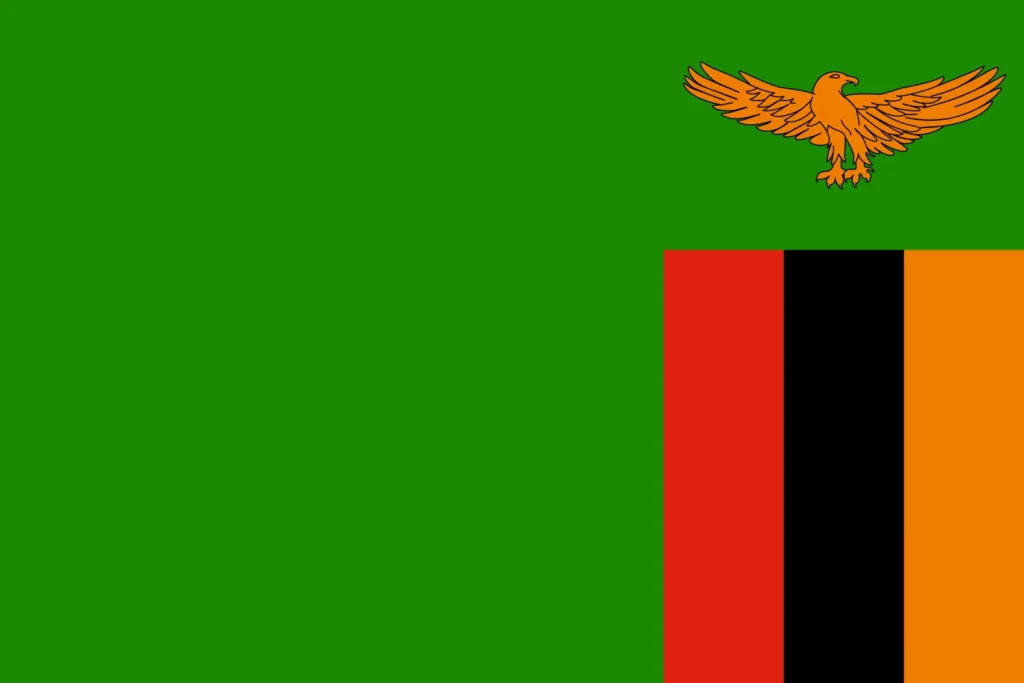
Zambia
Known as Northern Rhodesia during colonial times, Zambia gained independence in 1964. Its economy has been significantly influenced by rich copper reserves.
- Population: ~18 million
- Languages: English (official) along with various indigenous Bantu languages
- GDP: ~US$18 billion
- Main Products: Copper, agriculture, and mining
- Government: Presidential republic
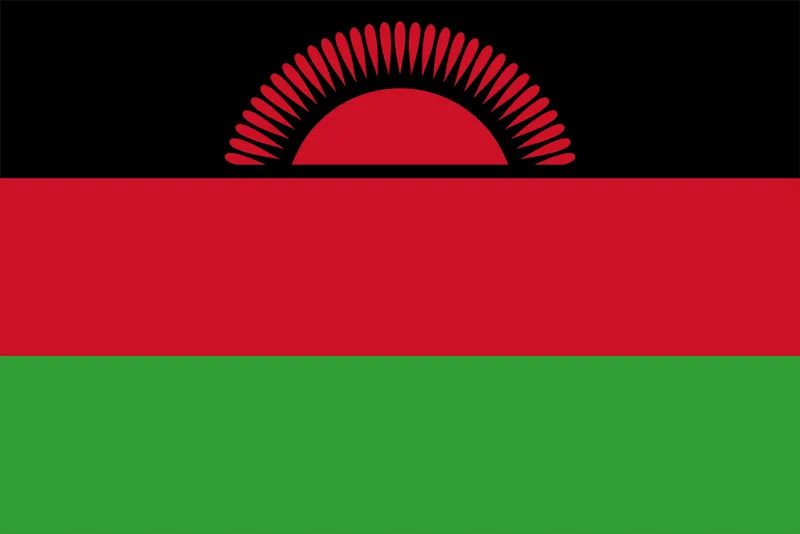
Malawi
Formerly known as Nyasaland under British rule, Malawi became independent in 1964. Its largely agrarian economy and picturesque landscapes characterize this landlocked nation.
- Population: ~20 million
- Languages: English and Chichewa (official)
- GDP: ~US$7 billion
- Main Products: Tobacco, tea, sugar, and agricultural goods
- Government: Presidential republic
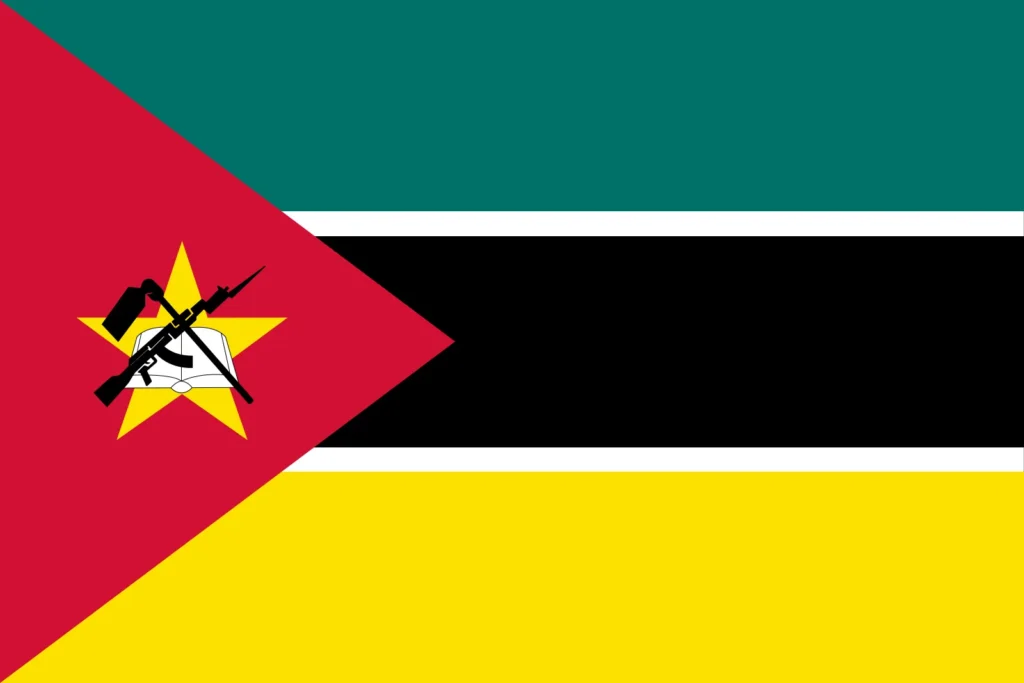
Mozambique
A former Portuguese colony that secured its independence in 1975, Mozambique experienced a prolonged civil war before transitioning to economic restructuring and growth through foreign investment.
- Population: ~33 million
- Languages: Portuguese (official) with numerous indigenous languages
- GDP: ~US$15 billion
- Main Products: Aluminum, coal, agricultural products, and fisheries
- Government: Presidential republic
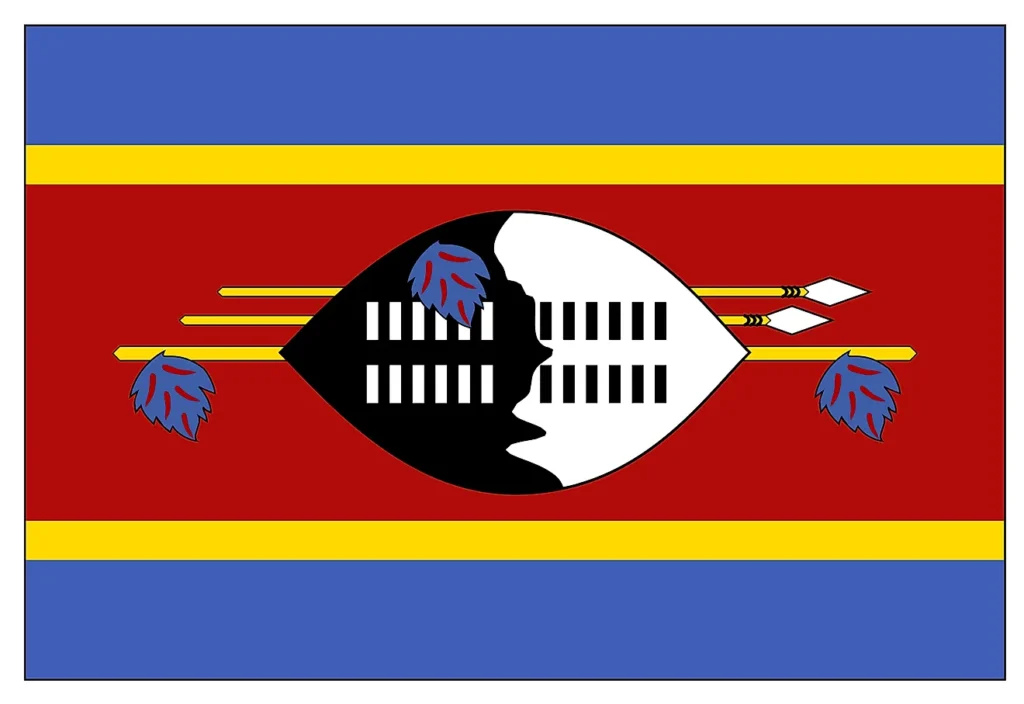
Eswatini (Swaziland)
Traditionally ruled by a monarchy, this small nation rebranded from Swaziland to Eswatini in 2018. It retains deep cultural traditions alongside modern challenges in governance and economy.
- Population: ~1.2 million
- Languages: English and Swazi (Siswati)
- GDP: ~US$4 billion
- Main Products: Sugar, textiles, and various agricultural goods
- Government: Absolute monarchy with traditional advisory structures
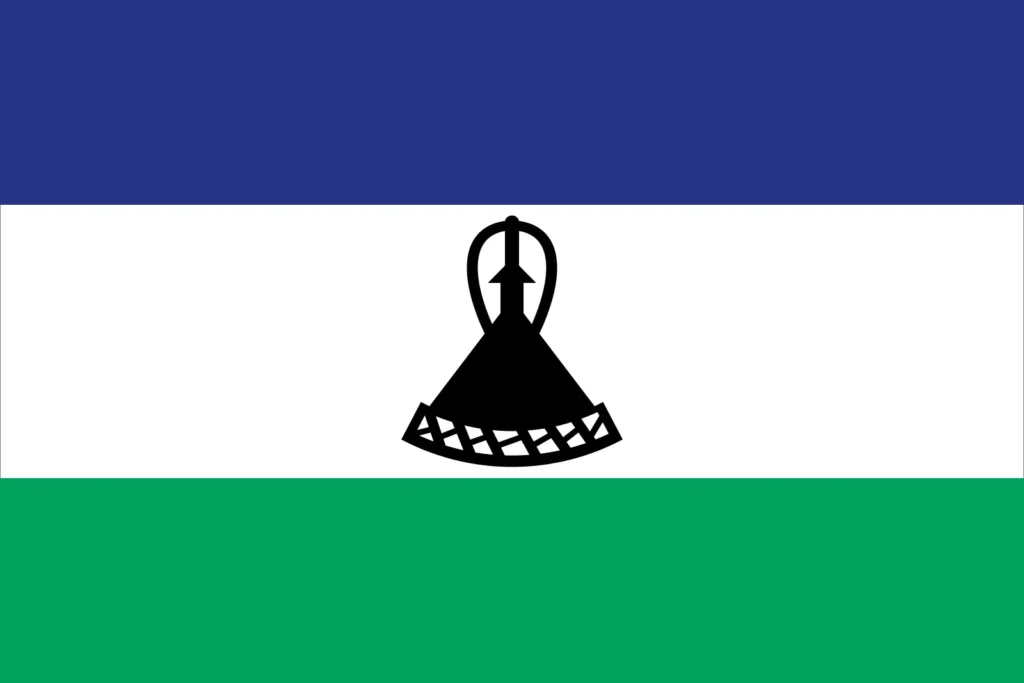
Lesotho:
An enclave entirely surrounded by South Africa, Lesotho is a mountainous kingdom with a long history of monarchical rule and gained full independence in 1966.
- Population: ~2.2 million
- Languages: Sesotho and English (official)
- GDP: ~US$3 billion
- Main Products: Textiles, agriculture, and hydropower (water exports)
- Government: Constitutional monarchy
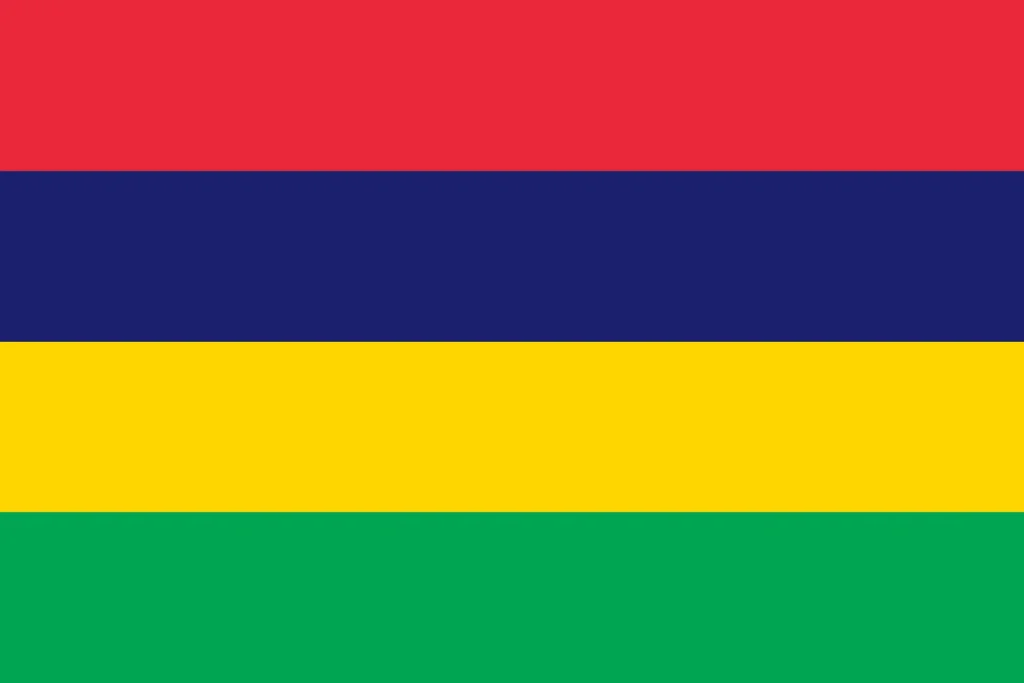
Mauritius
Once a colonial outpost under Dutch, French, and British rule, Mauritius gained independence in 1968. It has since built a diversified and high-income economy largely driven by tourism, finance, and textiles.
- Population: ~1.3 million
- Languages: English (official); French and Mauritian Creole are widely spoken
- GDP: ~US$14 billion
- Main Products: Tourism, sugar, textiles, and financial services
- Government: Parliamentary republic

Seychelles
Located in the Indian Ocean, Seychelles was colonized by the French and later the British before gaining independence in 1976. Today, its economy thrives on high-end tourism and fishing.
- Population: ~0.1 million
- Languages: Seychellois Creole, English, and French
- GDP: ~US$1.6 billion
- Main Products: Tourism and fishing
- Government: Presidential republic

South Africa:
A nation rich in cultural diversity and natural beauty, South Africa is noted for its complex history of apartheid and subsequent national reconciliation, as well as a booming arts and sports scene.
- Population: Approximately 60 million people.
- Languages: South Africa has 12 official languages, including English, Afrikaans, Zulu, Xhosa, and Sesotho.
- GDP: ~ $350–400 billion.
- Main Products and Exports: Gold, diamonds, platinum, coal, wine, citrus fruits, maize, and livestock.
- Government Type: Parliamentary republic
